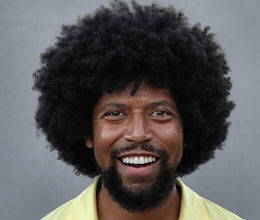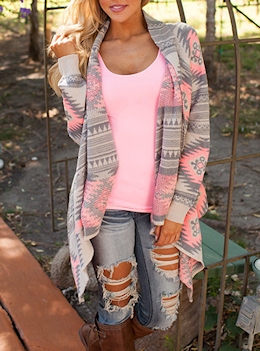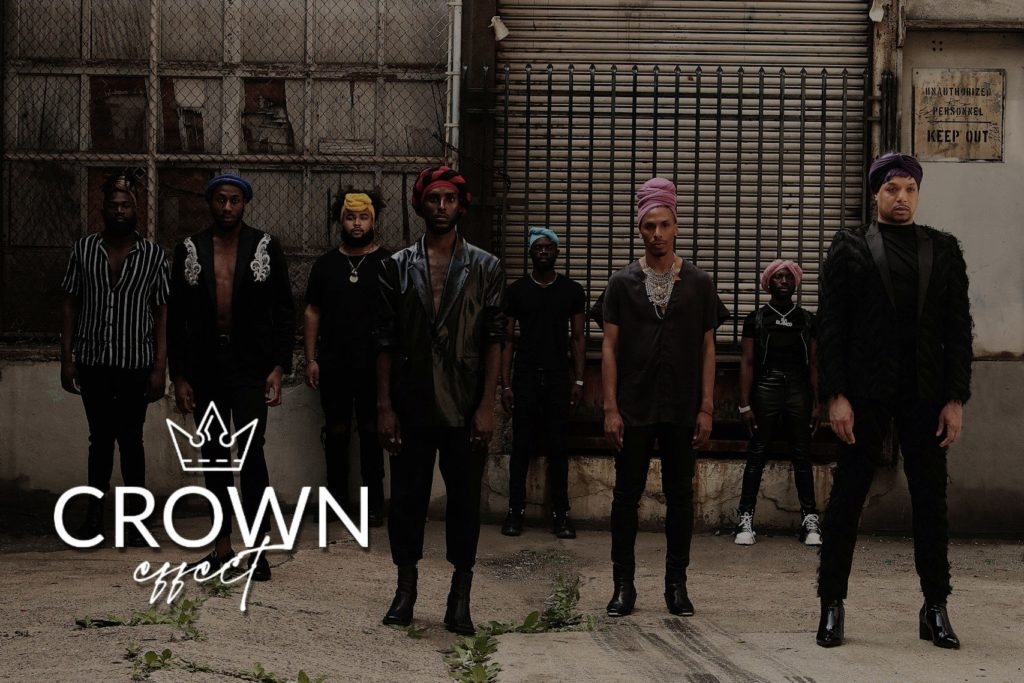 CROWN EFFECT…Wrapped in PRIDE beautifully captures the powerful intersectionality of traditional African headwraps and Black queer identities, celebrating heritage, resilience, and love.
CROWN EFFECT…Wrapped in PRIDE beautifully captures the powerful intersectionality of traditional African headwraps and Black queer identities, celebrating heritage, resilience, and love.
Happy Juneteenth! As we commemorate this historic day that marks the emancipation of enslaved African Americans, it is essential to reflect on the interconnectedness of celebrations during PRIDE month. In the spirit of this significant occasion, we delve into the captivating project of CROWN EFFECT…Wrapped in PRIDE, which beautifully captures the intersectionality between traditional African headwraps and the diverse identities within the Black queer community. Join us as we honor the legacy of Juneteenth and explore how this project embraces cultural heritage, identity, and love, showcasing the profound beauty of this convergence.
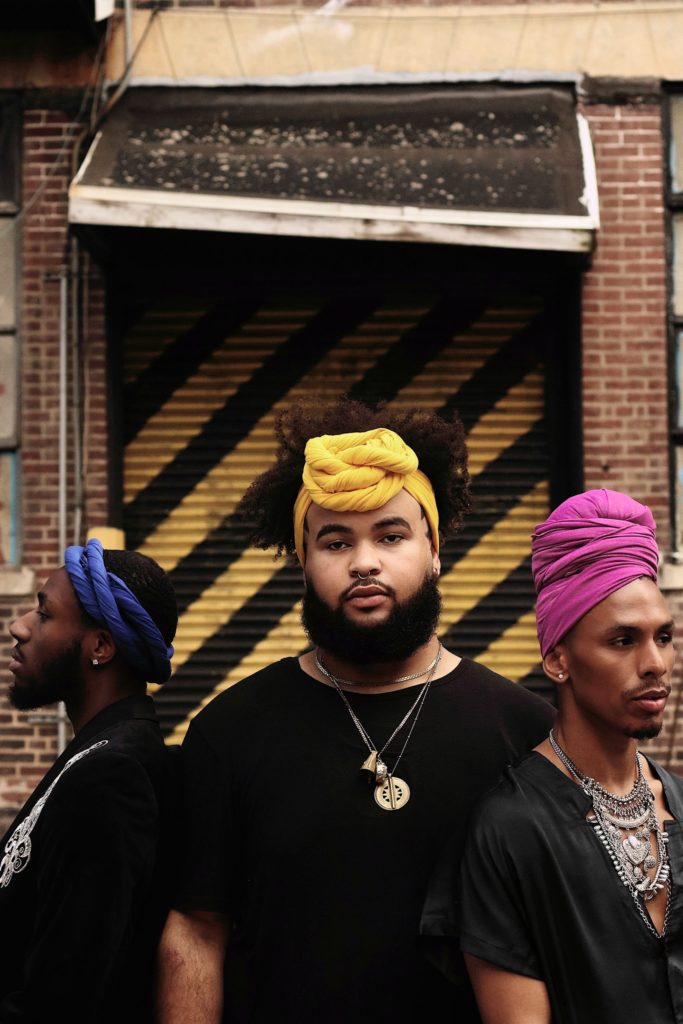
PREVIOUSLY ON CROWN EFFECT
The second iteration of CROWN EFFECT…the Indigo Memoirs delves into the historical contributions of Black and Indigenous people to modern denim. This evocative series served as a visual memoir, showcasing the strength and resilience of those who proudly wore traditional African headwraps, honoring their stories, and illuminating the vibrant narratives of self-expression, empowerment, and the rich tapestry of identity.
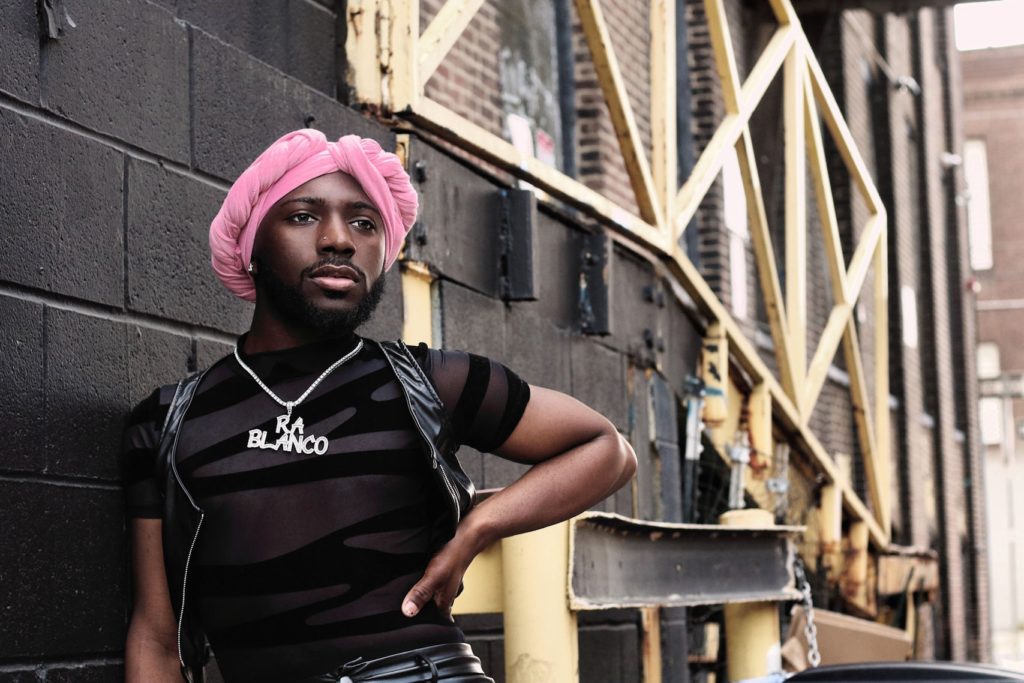
AMERICA’S STORY
During slavery, African headwraps carried immense cultural and practical significance for enslaved Africans and Indigenous women. Stripped of their freedom, these headwraps became a tangible link to their African heritage, a means of preserving cultural identity, and a form of resistance against the dehumanizing conditions they endured. African headwraps allowed enslaved women to maintain a sense of pride and dignity, offering protection from the scorching sun, acting as a camouflage for secret communication, and serving as a symbol of solidarity within the enslaved community. They became a visual expression of resilience, a silent testament to the unyielding spirit that persevered amidst unimaginable adversity.
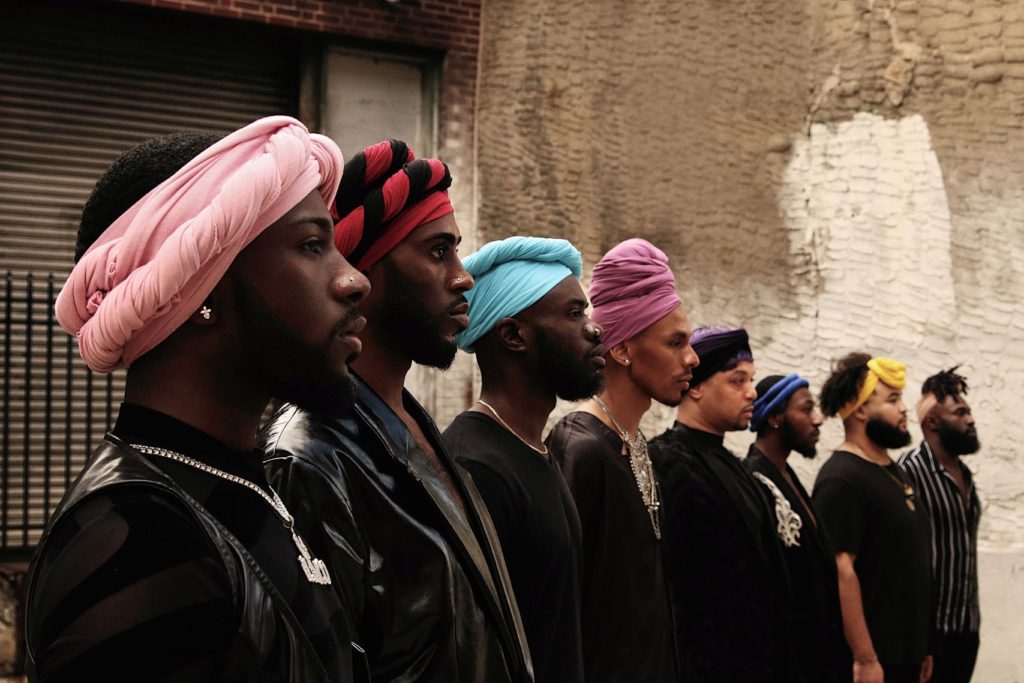
QUEER HISTORY
Throughout history, Black queer individuals have faced unique challenges due to racism and homophobia, enduring multiple layers of marginalization. Despite these struggles, many courageous activists have paved the way for progress. Icons like Marsha P. Johnson, a Black transgender woman, played a pivotal role in the Stonewall uprising of 1969, igniting the modern LGBTQ+ rights movement. Their contributions and the leadership of other Black queer activists, such as Bayard Rustin, Audre Lorde, and James Baldwin, have helped shape the fight for equality.
The struggles for equal rights continue today, with transgender individuals facing particularly significant challenges. Transgender people, especially those who are Black and of color, experience disproportionately high rates of violence, discrimination, and lack of legal protections. Advocacy for transgender rights has become a crucial aspect of the LGBTQ+ movement, with ongoing efforts to combat transphobia, secure inclusive healthcare, and ensure equal access to employment, housing, and public accommodations.
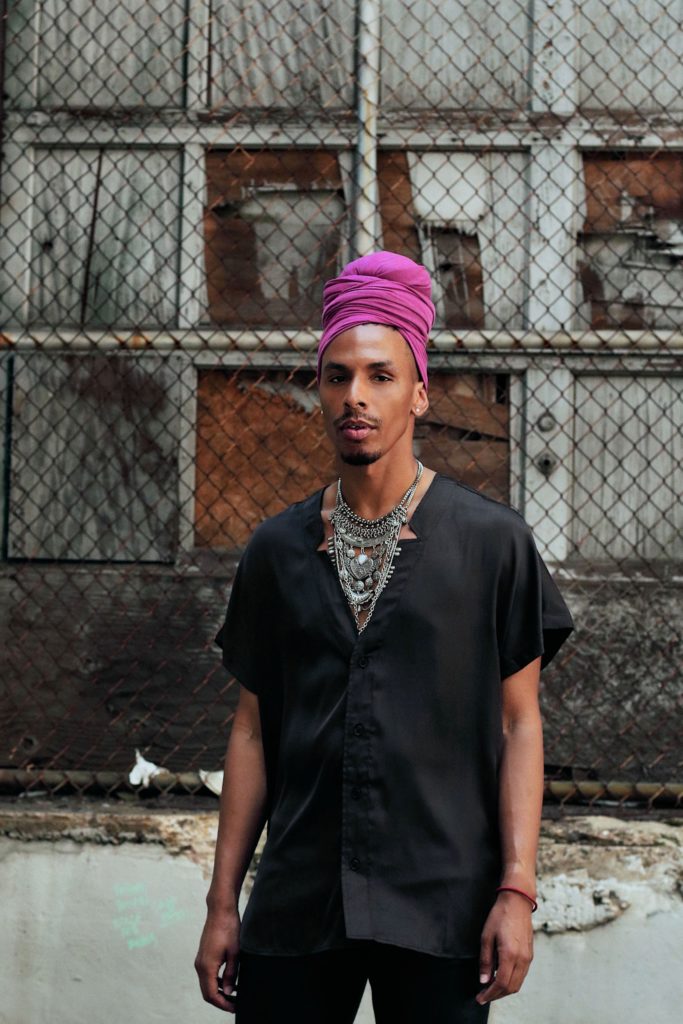
The history of the PRIDE flag is intertwined with the quest for visibility and acceptance. Created in 1978 by Gilbert Baker, a queer artist and activist, the original flag featured eight colors, each representing a different aspect of the LGBTQ+ community. Over time, the flag evolved to its current form with six colors: red for life, orange for healing, yellow for sunlight, green for nature, blue for serenity, and violet for spirit. The flag has become an enduring symbol of LGBTQ+ pride, unity, and the ongoing struggle for equal rights.
As we honor queer history in the United States, it is crucial to recognize the integral role of Black queer individuals in shaping the movement for LGBTQ+ rights. Their experiences, contributions, and advocacy have driven progress and continue to inspire generations. However, the fight for equal rights persists, especially for transgender people who face disproportionate challenges. By embracing the histories of resilience and celebrating the diversity within the LGBTQ+ community, we can work towards a more inclusive and equitable society for all.
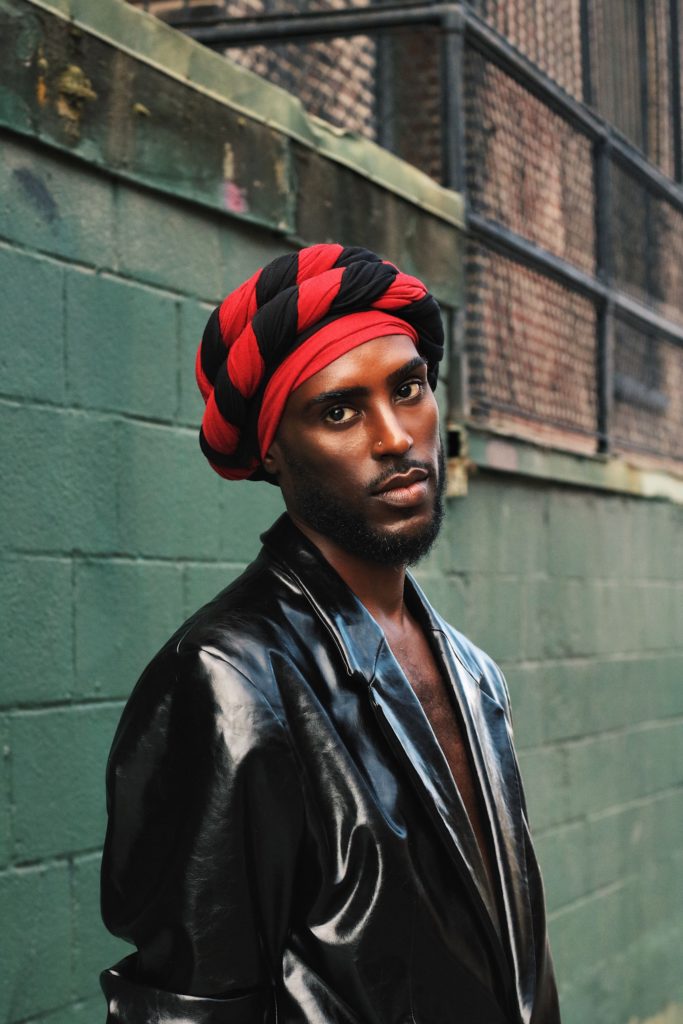
THE INTERSECTION
The historical relationship between African headwraps worn during slavery and Black queer history intertwines a narrative of resilience and resistance. African headwraps served as symbols of cultural heritage and defiance for enslaved individuals, including those who identified as queer. In the face of the dehumanizing conditions of slavery, headwraps provided a tangible connection to their African roots and a means of preserving dignity. Black queer individuals, existing at the intersection of racial and LGBTQ+ discrimination, found solace and strength in this cultural expression. Today, the legacy of both African headwraps and Black queer activism continues to inspire, highlighting the ongoing struggle for equality and the power of embracing identity and heritage.
THE VIDEO
ACKNOWLEDGEMENTS
We would like to personally thank all the models, team members, and anyone that contributed to our project. In addition, we would like to acknowledge Helen from Wrap & Sip for her contributions and conceptualizing the project. Leave some comments below, and we hope to catch up soon!
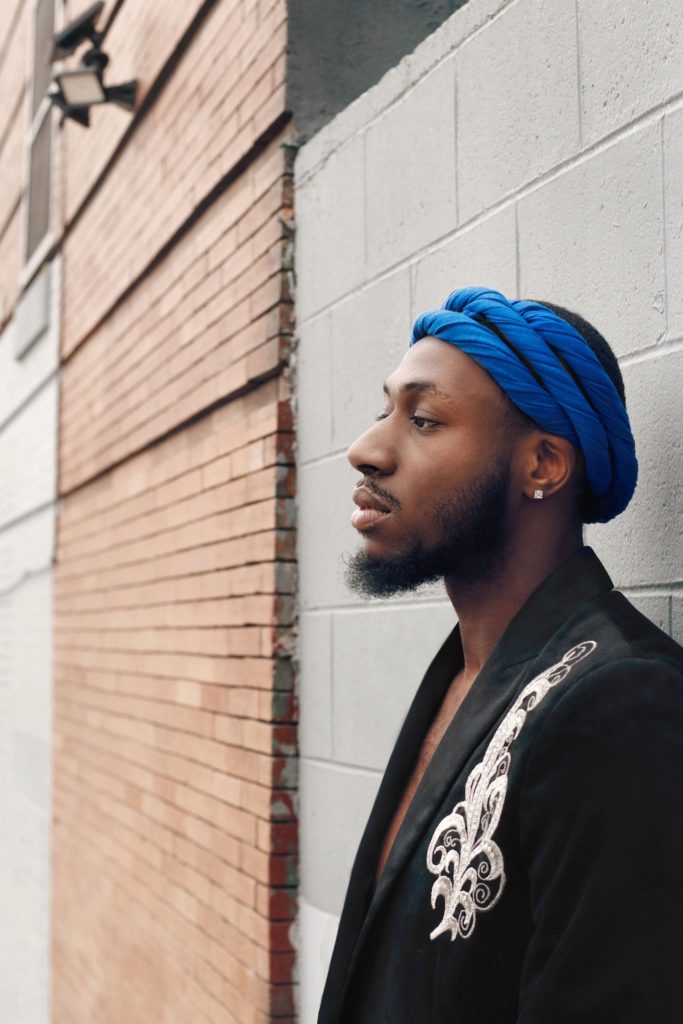
CREDITS
Photography: Bryce Lennon
Videography: Bryce Lennon
Headwraps: Helen
Creative Director: Sierra Carter-Gordon
Location: Port Richmond – Philadelphia, PA
Participants: Cory, Jordan, Justin, Kristin, Qur’an, Ra Blanco, Ramon, Ty,
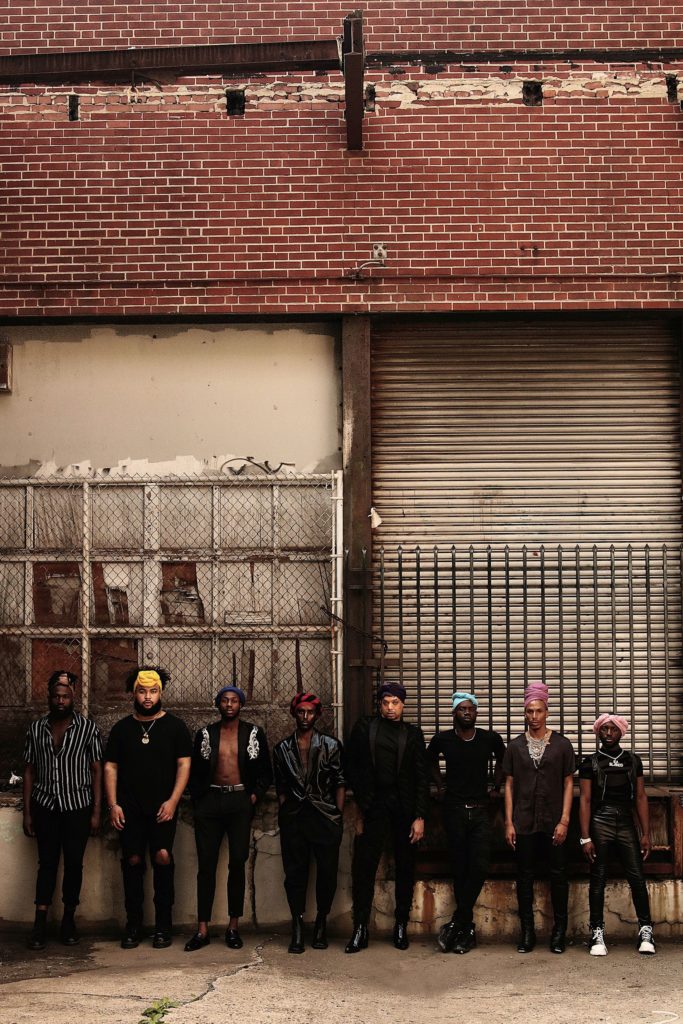

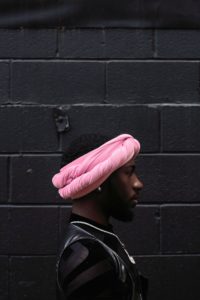

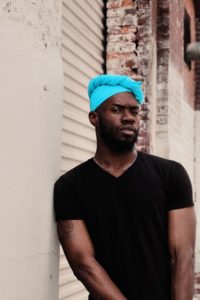
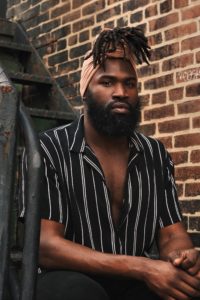

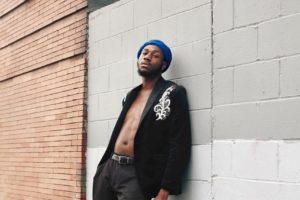
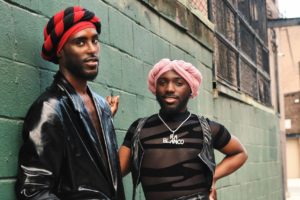
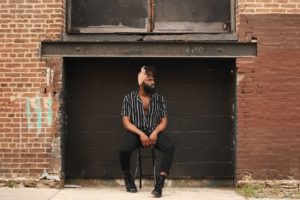
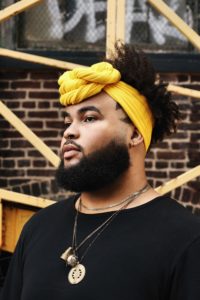
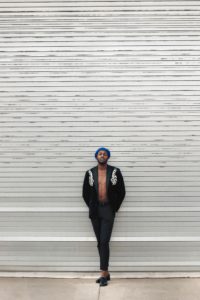
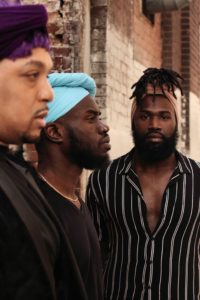
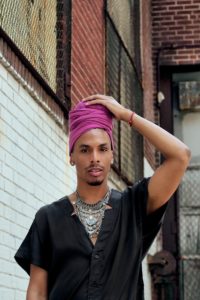

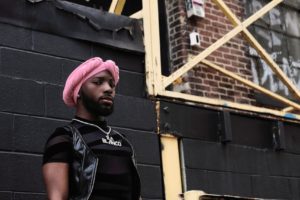
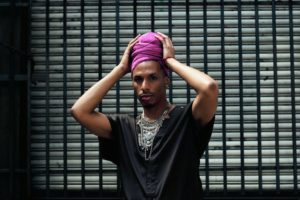
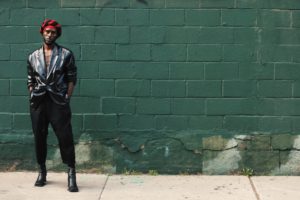
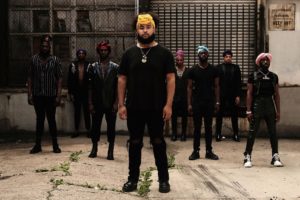
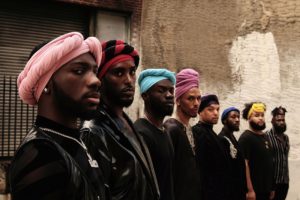
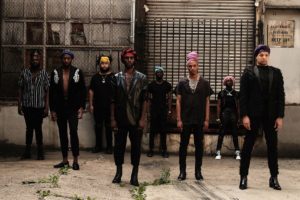
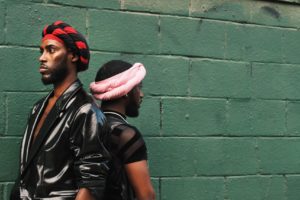
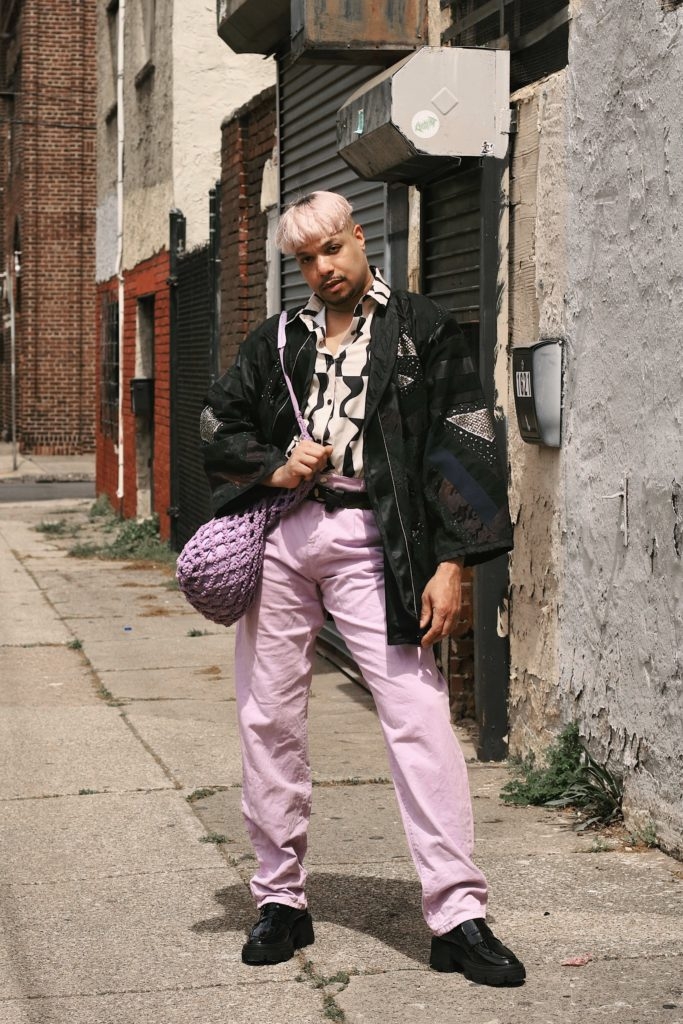
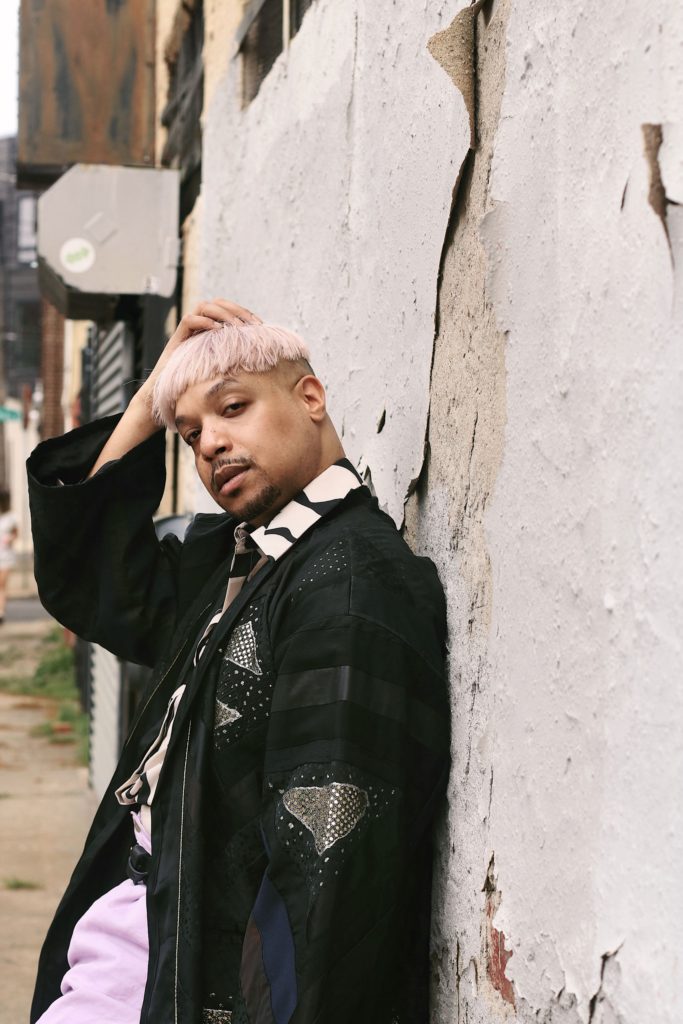
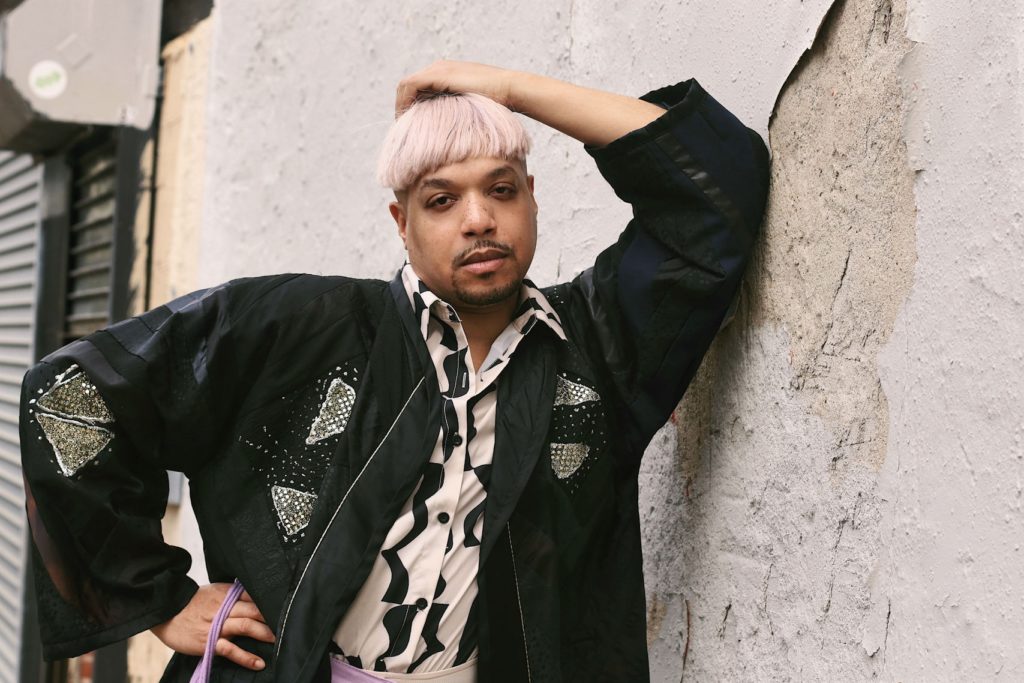
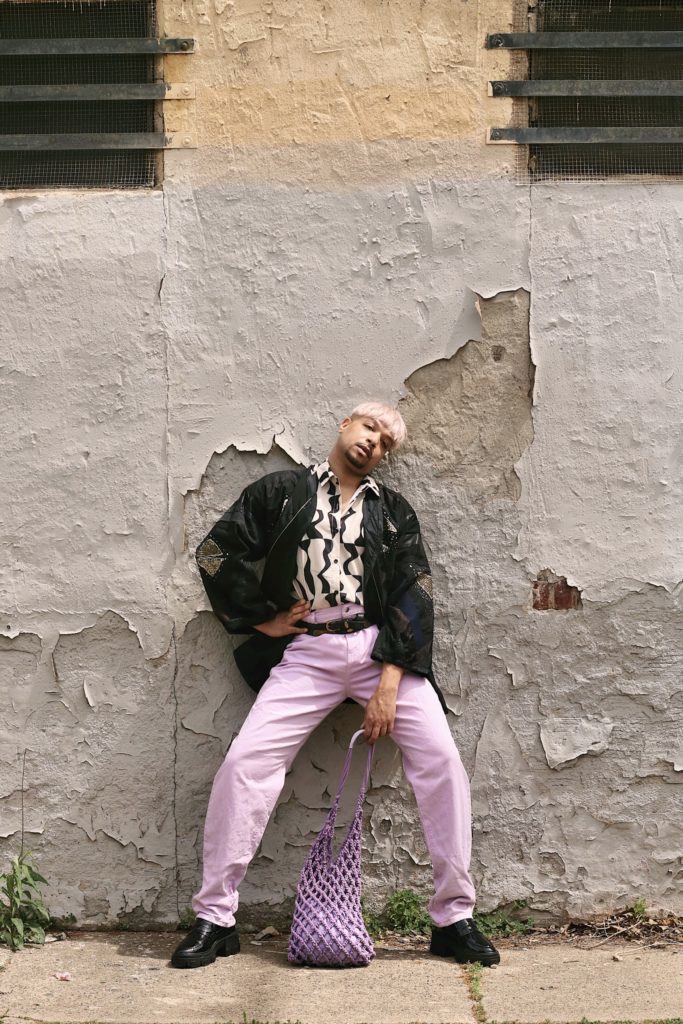
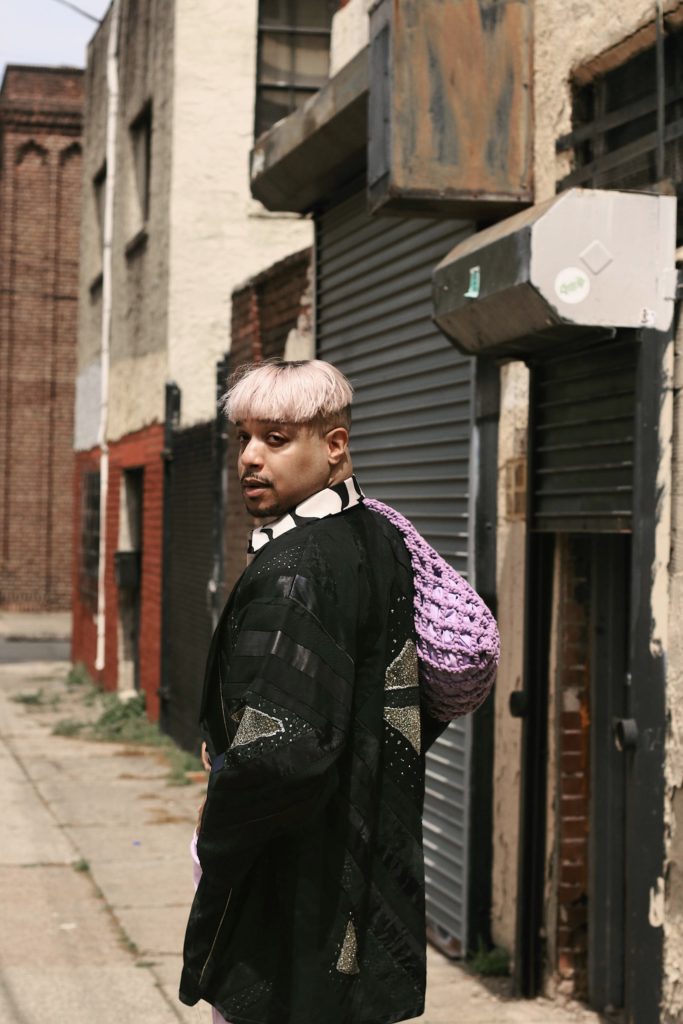
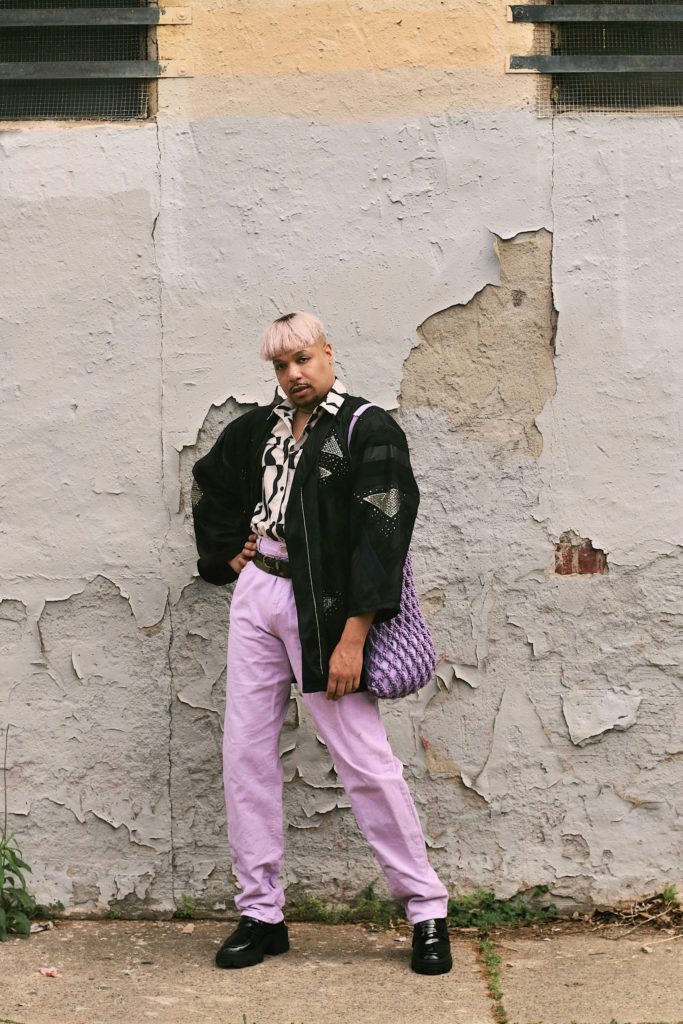
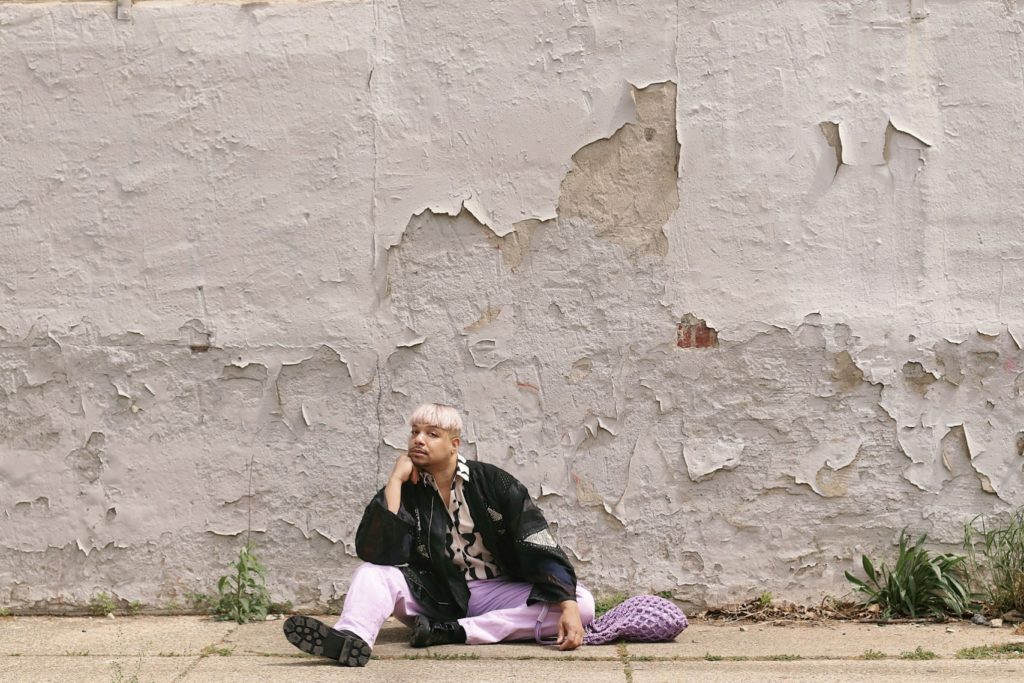
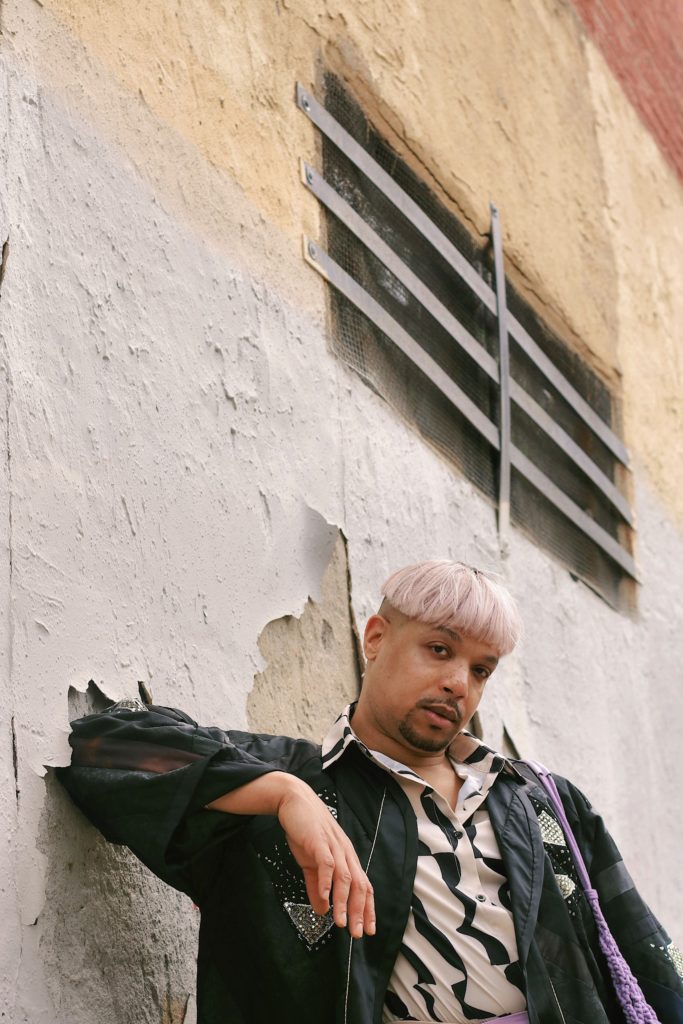
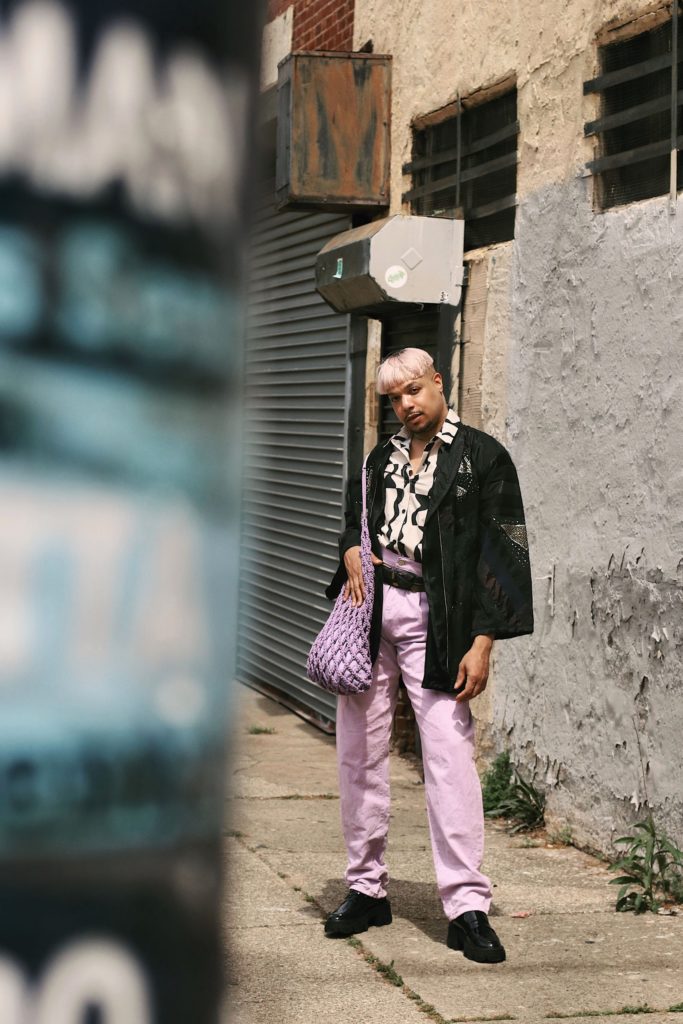 What he wore: A purple pair of pants, a jacket, a printed shirt, and loafers
What he wore: A purple pair of pants, a jacket, a printed shirt, and loafers